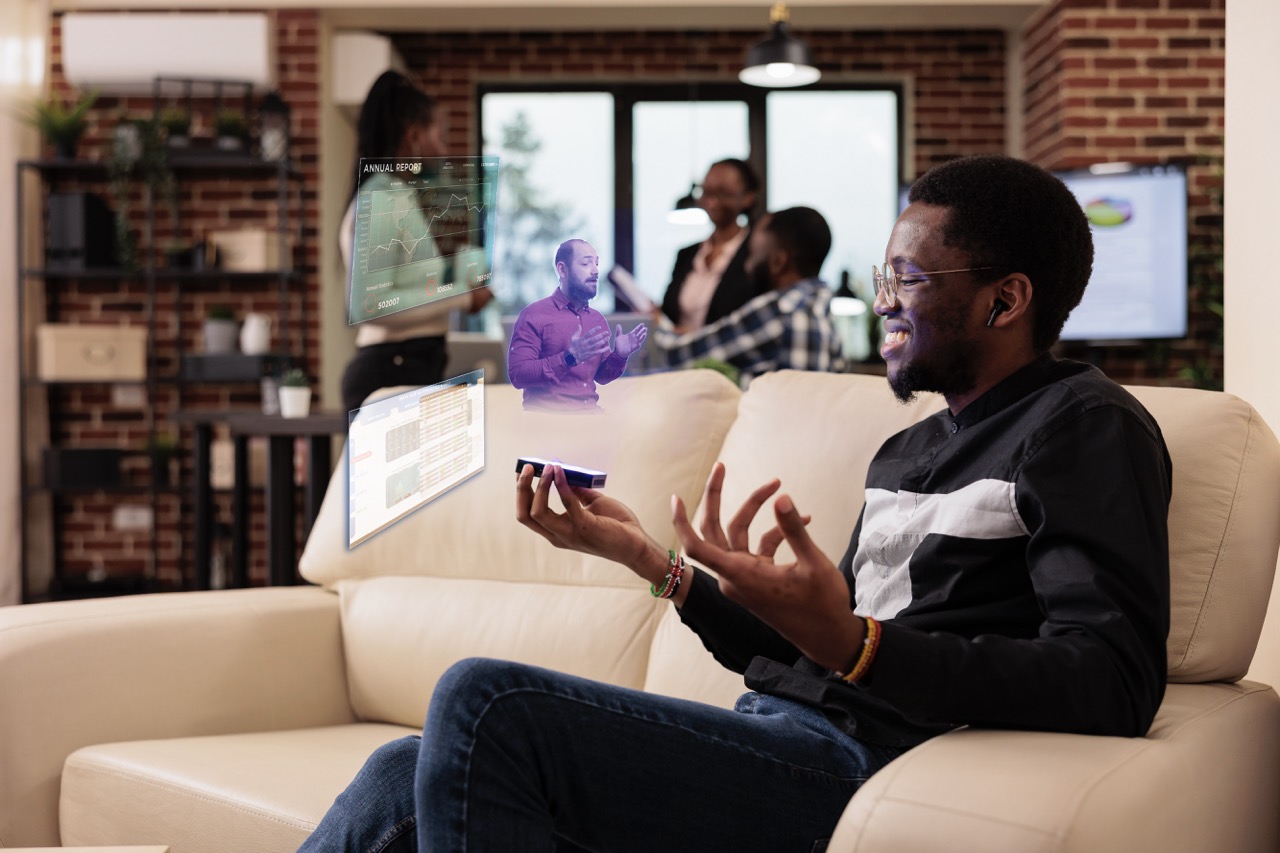The advent of smart TVs has profoundly transformed the way we consume content, offering a seamless blend of traditional television viewing and the vast possibilities of the internet. This revolutionary technology has not only reshaped home entertainment but has also paved the way for a new era of interactive and personalized viewing experiences. Behind the rise of smart TVs lies a myriad of visionaries, innovations, and collaborations that have collectively brought this technology to life, shaping the landscape of modern entertainment. In this article, we will delve into the key figures, breakthroughs, partnerships, and the broader implications of smart TVs on our entertainment choices.
The Visionaries Behind Smart TV Technology Development
The journey of smart TVs began with a handful of visionary thinkers who recognized the potential of merging internet connectivity with traditional television. One of the most prominent figures in this development is Steve Jobs, whose vision for Apple TV set the stage for a new paradigm of streaming and media consumption. By introducing an intuitive interface and integration with iTunes, Jobs showcased how television could evolve beyond simple broadcasting to become a versatile multimedia hub. His work inspired countless developers and engineers to explore the possibilities of internet-enabled television.
Another key player in the smart TV revolution is Robert Kyncl, the Chief Business Officer at YouTube. Under Kyncl’s leadership, YouTube optimized its platform for television viewing, enabling seamless streaming of content on the big screen. His efforts to collaborate with smart TV manufacturers and software developers helped to cement YouTube’s position as a staple in the smart TV ecosystem, making it a go-to app for millions of users. Kyncl’s foresight in recognizing the changing landscape of content consumption has been integral to the proliferation of smart TVs.
Moreover, the contributions of smaller companies and start-ups cannot be overlooked. Pioneers like Roku and Google Chromecast have played crucial roles in democratizing smart TV technology. Roku, for instance, developed a user-friendly operating system that allows consumers to easily access various streaming services. Their innovative approach has influenced larger manufacturers to adopt similar interfaces, contributing to the standardization of smart TV functionality across the industry. Collectively, these visionaries have laid the groundwork for a technology that continues to evolve and adapt to consumer preferences.
Key Innovations That Revolutionized Television Viewing
Central to the success of smart TVs are the key innovations that have revolutionized the television viewing experience. One pivotal advancement is the introduction of integrated streaming services, allowing users to access platforms like Netflix, Hulu, and Prime Video directly from their televisions. This convenience eliminates the need for separate streaming devices and has drastically changed how families engage with content, enabling binge-watching and on-demand viewing like never before.
Another significant innovation is the development of voice control technology. With the integration of virtual assistants like Amazon Alexa and Google Assistant, smart TVs have become more interactive and user-friendly. Viewers can navigate menus, search for content, and control playback simply by using their voice. This hands-free approach not only enhances user experience but also makes smart TVs more accessible for individuals with disabilities or those who may struggle with traditional remote controls.
Additionally, the advent of smart TV apps has transformed the viewing landscape, providing users with customized content recommendations and social media integration. These apps allow viewers to interact with their favorite shows and movies, share experiences with friends, and discover new content based on their preferences. The ability to create personalized viewing environments through app ecosystems has redefined what it means to watch television, making it a more engaging and interactive experience for audiences worldwide.
Collaborations That Shaped the Smart TV Landscape
The evolution of smart TVs has been heavily influenced by strategic collaborations among technology giants, content creators, and hardware manufacturers. Partnerships between companies like Samsung, LG, and Google have led to the integration of the Android TV operating system, allowing manufacturers to provide a rich user experience packed with features. This collaboration has accelerated the adoption of smart TVs, as it ensures that consumers have access to a diverse range of apps and services on their devices.
Moreover, alliances between streaming platforms and smart TV manufacturers have played a pivotal role in the growth of the smart TV market. For instance, Netflix’s collaboration with various manufacturers to pre-install their app on smart TVs has significantly increased its reach and accessibility. By ensuring that Netflix is readily available on the home screen of millions of smart TVs, this partnership has cemented the platform’s dominance in the streaming space and has encouraged consumers to adopt smart TV technology.
Additionally, collaborations with content providers have enriched the smart TV experience, allowing viewers to enjoy exclusive content and live programming. Companies like Hulu and Disney+ have partnered with smart TV manufacturers to offer bundled subscriptions and promotional deals that entice consumers to make the switch to smart TVs. These collaborations have not only expanded the range of content available to users but have also influenced the pricing and market strategies of smart TV brands, creating a competitive landscape that continues to evolve.
The Impact of Smart TVs on Modern Entertainment Choices
The introduction of smart TVs has significantly shifted modern entertainment choices, leading to a decline in traditional cable subscriptions. With the growing availability of streaming services, viewers now have greater control over what they watch, when they watch it, and how much they are willing to spend. This flexibility has encouraged a more personalized approach to media consumption, allowing audiences to curate their viewing experiences according to their preferences without being tied to rigid programming schedules.
Furthermore, smart TVs have facilitated the rise of on-demand content, allowing consumers to access a vast library of films, series, and documentaries at their fingertips. This has expanded the horizons of entertainment, enabling viewers to discover niche genres and independent productions that may not have been available through traditional broadcasting. As a result, audiences are increasingly gravitating towards diverse content that resonates with their individual tastes, fostering a richer and more varied entertainment landscape.
Additionally, the interactive features of smart TVs have transformed audience engagement, creating opportunities for social viewing and real-time interaction. With features like social media sharing and integrated chat functions, viewers can now connect with friends and family while watching their favorite content. This shift towards communal viewing experiences, even in a digital space, has redefined how we consume media, making it a more social and collaborative endeavor.
The innovators who brought smart TVs to life have created a paradigm shift in home entertainment, ushering in a new era of connectivity, interactivity, and personalization. Through visionary leadership, groundbreaking innovations, and strategic collaborations, the smart TV landscape has transformed the way we engage with content, offering endless possibilities for entertainment. As technology continues to evolve, it will be fascinating to witness how smart TVs will further shape our viewing experiences and what new innovations will emerge to capture our imaginations.








